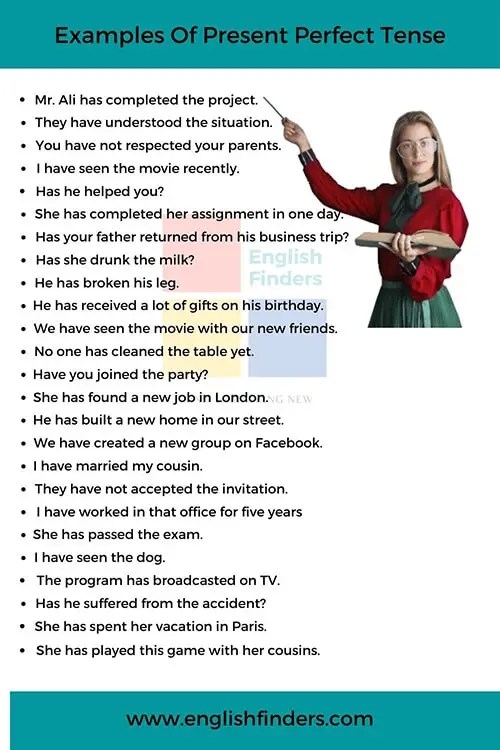The simple present perfect tense is used to describe an action that happened at an unspecified time in the past or that has relevance to the present. It is formed by using the auxiliary verb “have” or “has” followed by the past participle of the main verb. This tense is commonly used in English to talk about experiences, changes, or actions that have occurred recently.
Understanding how to use the simple present perfect tense can greatly enhance your ability to communicate effectively in English. By mastering this tense, you will be able to express yourself more clearly and accurately when discussing past events and experiences.
Examples of Simple Present Perfect Tense
1. I have finished my homework. (The action of finishing the homework is completed, but the exact time is not specified.)
2. She has visited Paris three times. (The action of visiting Paris occurred multiple times in the past, with relevance to the present.)
3. We have lived in this house for ten years. (The action of living in the house started in the past and continues up to the present moment.)
4. They have never been to Italy. (The action of not going to Italy has relevance to the present, indicating a lack of experience in that particular country.)
5. He has just eaten lunch. (The action of eating lunch occurred recently, with the results still visible in the present.)
Using the simple present perfect tense allows you to convey a sense of completion, continuity, or relevance in relation to past actions. By incorporating this tense into your conversations and writing, you can provide more nuanced and precise descriptions of events and experiences.
Practice using the simple present perfect tense in various contexts to improve your fluency and confidence in using this important grammatical structure. With time and practice, you will become more proficient in expressing past actions and experiences accurately and effectively.
In conclusion, mastering the simple present perfect tense is essential for enhancing your communication skills in English. By incorporating examples of this tense into your daily conversations and writing, you can convey past actions and experiences with clarity and precision. Keep practicing and refining your use of the simple present perfect tense to become a more proficient English speaker.
